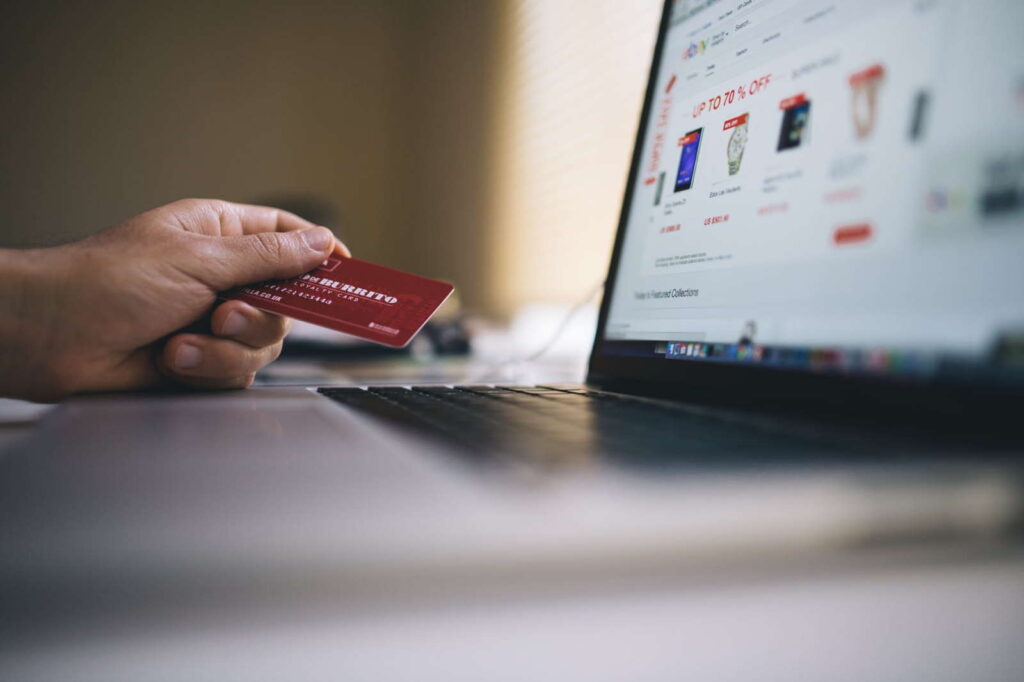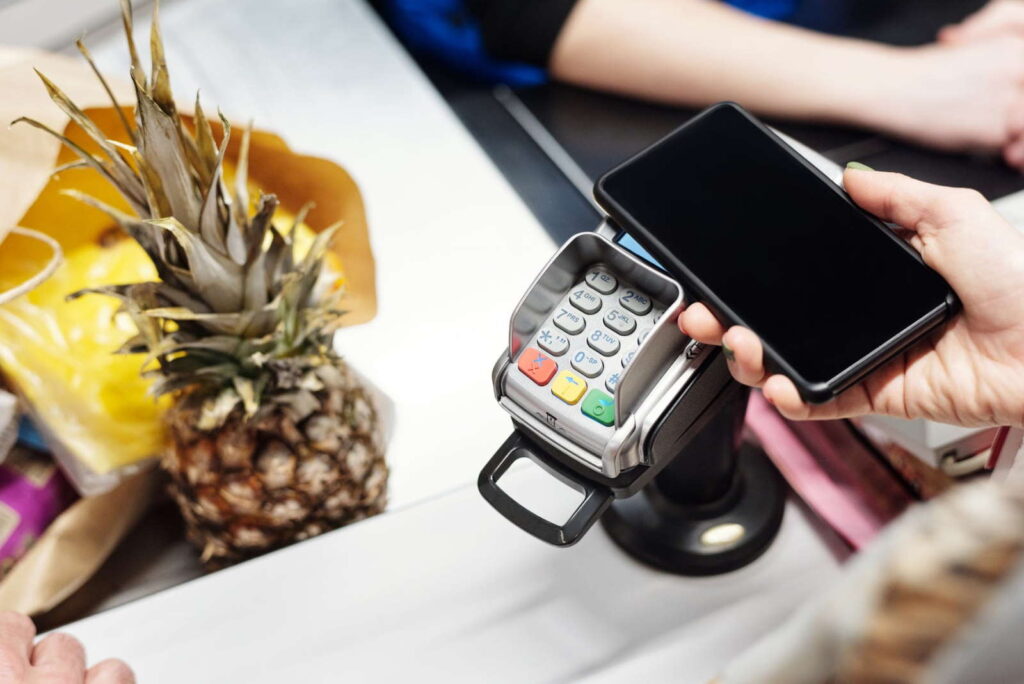Coronavirus, Quarantine, Social Distancing, are new terms, that have seriously affected our personal and professional life.
This article, attempts to examine how organizations have reacted to this crisis so far, in order to protect their profitability or in some cases, their existence itself.
Ever since governments and organizations realized that COVID-19 is a pandemic, they took actions in a “panic mode”. Remote working, workforce decrease, supply chain protection and government support programs were the first in line.
If we exclude particular verticals, like food retail, in most of the markets we did observe seismic effects, even from the early stages of COVID-19 outbreak.
After many weeks and lot of “deep breathing exercises”, it seems that organizations responded following specific strategy patterns. Governmental directives combined with changes in consumer behavior, led organizations to adopt new operational strategies to support their existing business models. It remains to be seen whether business models will be shifted as well.
So far one can identify three distinct types of “survival” strategies.
1. Incorporating new, or boosting existing digital channels
In this case organizations provide existing or slightly modified products, through new technology enabled distribution channels (i.e. mobile, web, chatbots, drones)..
Digital retail (i.e. online experiences, e-shops, marketplaces, online payments), e-learning classes, e-museums, online gigs & events, are some of the most popular use cases.
The coronavirus crisis is redefining the education market (1). Introduction and adoption of a viable e-learning policy, especially for elementary studies, is a bet that must be won. Universities and Institutions seem to be more mature on their e-learning endeavor, but still the transition from onsite to remote is “painful”.
Starbucks (2) announced serving only “to go” at all cafes in USA & Canada because of the pandemic. Customers place their order on an app and then visit nearby shops to pick it up.
A similar approach was followed by Kroger Co. (3) for groceries orders through “Food Stamp Program”. In Walgreens (4) case we can see a more advanced approach with “drive-thrus” program. Over and above preorder process, Walgreen isn’t just for medicine anymore. They decide aside medicine drive thrus, sell also groceries
Bimber Distillery’s response (5) to the coronavirus crisis is noteworthy. Bimber is a London based whiskey distillery, that used to organize many Distillery and Tasting tours at their premises. After the outbreak they shifted to virtual tours, online events, presentations and tasting competitions using kits that they had delivered to their premium customers. By mid-April 2020 it seems that they actually managed to secure some sales volume, always comparing with particular vertical market.
2. Supporting new “bycorona” products/services using existing infrastructure
By governmental directives, or by their own initiative, organizations use their existing technology and supply chain capacity, to produce products or services, which are in high demand, because of the pandemic.
It is obvious, that organizations are looking to minimize their loss by searching for alternative revenue streams in this crisis era. Closing the gap, in “bycorona” products or services demand, seems to be an efficient strategy.
Lego (6), the known manufacturer of plastic building blocks, shifts some of its production lines to provide protective gear for healthcare workers.
The coalition of GM & Ford (7) and Dyson “CoVent”(8) to produce respiration support machines are another two typical examples of this strategy.
A worth mentioning innovative approach of this strategy, is Xiaomi fitness-tracking device (9), service shift (health vital signs category).
Huami Corp. the parent company of Xiaomi device decided to shift from a pure fitness device, to sleeping a data analysis service, for their 115.000 users, based coronavirus “capital” Wuhan and close by Anhui province. They analyzed data from July 2017 to Feb. 2020 and they discovered particular sleeping heart rate patterns, for this pandemic period. Finally, they decided to deploy an early – warning signal process to improve reaction times in any pandemic-like critical situation in the future
Another interesting case is this of Lariplast and Animus group (10). Lariplast is a central Greece based, single use plastic items manufacturing company and Animus is a rehabilitation & recovery center based in the same area as well. Lariplast & Animus put together their competencies and successfully bid for two production lines for coronavirus protection masks. They will be able to produce 300,000 certified masks a day, all types 2 and 3, i.e. surgical with 90-95% protection. Even this case belonging to this strategy seems to be rather a predictive and non-responsive action, according Chinese machinery manufacturers comments and prospect competitors reverse bids.
3. Supplying existing products/services using supportive infrastructures
Because of coronavirus side effects many organizations face severe issues with covering product or services, shortages. Building additional permanent infrastructure is of high risk (i.e. time, cost, demand fluctuation). So, the strategy to use supportive temporary infrastructure is far more efficient.
NHS in England is struggling to find supportive staff for, nurses and clinicians at the coronavirus field.
As the airline industry had grounded most of its flights, many of the supportive infrastructure staff, were out of business. NHS England, discovered that many of those people were first aid trained and already had security clearance. So those people were best fitted to support non-clinical tasks and assist expert staff on the field.
Finally, NHS, Easy Jet, and Virgin airlines (11), are working together, under this strategy, to assist the health system run smoothly during the pandemic.
The retail industry is also struggling to support demand as social distancing and retail chains isolation policies, resulted in huge delivery volumes.
Urban mobility has decreased, thus capacity surplus from players like Uber and Lyft is a supportive infrastructure opportunity for Retailers. Amazon and Lyft (12) are working together, following this strategy, to cover the gap between demand in deliveries of goods.
A really innovative and of huge impact deployment of this strategy is this of Alibaba’s Hema chain of grocery retailers with its “employee sharing” (13) scheme. Hema made a groundbreaking offer to temporarily employ restaurant workers who lost their jobs or were suspended due to the pandemic. This is an amazing example of a platform becoming a middleman directing idle resources to where there is critical need in emergency situations.
We are still in the first stage of the COVID-19 pandemic. From a business perspective we are sailing into “unknown waters” and a lot remains to be discovered in the future. We need to be aware, of the changes taking places rapidly and adapt our strategies accordingly.
Don’t forget that sometimes we may need to change our business model itself, since operations strategy modifications may not be enough.
George Spanos
Digital Strategy & Technology Executive
Ecosystems / Platforms Designer
https://www.linkedin.com/in/spanosgeor/
References
- Jenny Anderson. ‘The coronavirus pandemic is reshaping education’
https://qz.com/1826369/how-coronavirus-is-changing-education/ - Erica Chayes Wida. ‘Starbucks is going to-go only’.
https://www.today.com/food/starbucks-coronavirus-response-go-only-model-nationwide-t176078 - Jeff Wells. ‘Kroger converts store to pick up-only service’
https://www.grocerydive.com/news/kroger-converts-store-to-pickup-only-service/574952 - Gina Acosta. ‘Walgreens Introduces Drive-Thru Grocery Shopping’
https://progressivegrocer.com/walgreens-introduces-drive-thru-grocery-shopping/ - Lucy Handley. ‘How small businesses are pivoting due to the coronavirus’, CNBC.com.
https://www.cnbc.com/2020/03/20/coronavirus-how-small-businesses-are-pivoting-due-to-the-virus.html - Cydney Henderson. ‘Lego is producing 13,000 face visors a day’, USATODAY.com
https://eu.usatoday.com/story/money/2020/04/10/coronavirus-lego-producing-13-000-visors-day-healthcare-workers/5135078002/ - Sean O’Kane. ‘Ford will make ventilators for GE, joining General Motors’, Theverge.com
https://www.theverge.com/2020/3/30/21200216/ford-ge-ventilators-coronavirus-covid-19-manufacturing/ - Sissi Cao. ‘The Inventor of Dyson Vacuum Cleaners Built a COVID-19 Ventilator in 10 Days’, Observer.com
https://observer.com/2020/03/dyson-design-coronavirus-ventilator-plan-manufacture-hospital - ‘Demand for health gadgets soars amid lockdowns’, Japantimes.co.jp
https://www.japantimes.co.jp/news/2020/04/02/business/tech/health-gadgets-corona/ - Nick Kampouris. ‘Greece to Begin Mass Production of Surgical Masks’, Greekreporter.com
https://greece.greekreporter.com/2020/04/22/greece-to-begin-mass-production-of-surgical-masks-in-larissa-and-thrace/ - BBC news. ‘NHS Nightingale work for Virgin and EasyJet staff’, BBC.com
https://www.bbc.com/news/uk-england-london-52085701 - Bloomberg News. ‘Amazon is teaming up with Lyft on recruiting its drivers as ride-hailing demand drops’Adage.com
https://adage.com/article/digital/amazon-teaming-lyft-recruiting-its-drivers-ride-hailing-demand-drops/2246866 - He Jiaxun. ‘The internet can be much more than just a lifeline’SCMP.com
https://www.scmp.com/comment/opinion/article/3077417/chinas-coronavirus-hit-companies-internet-can-be-much-more-just



















